Reviews and recommendations are unbiased and products are independently selected. Postmedia may earn an affiliate commission from purchases made through links on this page.
Anthony Gismondi: Vintage matters when choosing your wine

If you have a choice, you should always go with the more heralded vintages, especially when you are buying less famous labels.

Article content
Knowing your vintages is always a good thing as a wine buyer, but it seems in a climate-change world, distributors and retailers would rather list your favourites wines online without mentioning the year. It is a subtle thing on paper but much more critical in a wineglass.
Advertisement 2
Article content
So much is made of the convoluted levels of selling wines to the market, beginning with inventory systems that don’t talk to each other to the general complexity of wine releases. Yet, everyone selling wine manages to attach a price to each bottle every year, so why can’t we get the vintage designation printed on the label, printed on a price list.
Why do we want to know? Because if you have a choice, you should always go with the more heralded vintages, especially when you are buying less famous labels.
For instance, if you are shopping for a Napa Valley Cabernet Sauvignon at any price point, you should know that 2018, 2016 and 2013 are exceptional years, with 2018 topping them all. On the other hand, if you are a fan of southern Rhone red wines in general, you should be looking for labels from 2019, 2016 and 2015, where 2016 trumps all.
Advertisement 3
Article content
White wines also have their moments. As expensive as it can be, white Burgundy can be enjoyed outside the major communes at affordable prices. The years to look for are 2019, 2017, 2015 and 2014. Argentine Malbec is best in 2019 and 2018.
It is undoubtedly a crucial time to inquire about local wines because there will be a big difference in the quality of wine between 2020 and 2021. There are very few vintages in B.C. where we could confidently say that almost any wine in the vintage is worth buying, but that is the 2020 story. It is a year to enjoy, and if you are a collector, it will be a year to lay away some of the top red wines.
Last year, on the other hand, is a very different story. From heat domes to wildfires and frosts, all have played a hand in the quality and, sadly, the output of what can only be described as a challenging year. As a result, less wine will lead to higher prices, yet quality will be fleeting.
Advertisement 4
Article content
One insider consultant said, “It will be a year when we see who is serious about wine in the Okanagan.”
The good news is there are several excellent red wines in the market from 2018 and 2019, and you should be looking for them before the shortages appear later this year and well into 2023. We have tasted many B.C. reds this winter and spring, and many would be worth investing in a few bottles.
What’s becoming clear is that we can compete with the world at the top level, and in a blind tasting, I would suggest we could beat our fair share of the old-timers. What follows are some top choices you can check out for yourself. If you are shocked by the prices, get used to them, they will likely worsen with the looming shortages.
Winemaker Severine Pinte is in the midst of making her best wines at Le Vieux Pin and LaStella. Look for LaStella Maestoso Solo Merlot 2019 ($89.99) and LaStella Espressivo 2019 ($49.99). On the Skaha Bench, it is hard to ignore Painted Rock Red Icon, ($79.99), Painted Rock Cabernet Franc 2019, ($54.99) or Pentâge Winery Syrah 2016, ($24.35).
Advertisement 5
Article content
Over at Okanagan Falls, winemaker Amy Paynter is making big moves at Liquidity, as evidenced by Liquidity Dividend 2019 ($40) and her Liquidity Cabernet Franc Reserve 2019 at $60. The upcoming 2019 Merlot releases are the best yet from winemaker Phil McGahan at Checkmate Artisanal Winery, led by Checkmate End Game Merlot 2019 ($95). The year’s bargain goes to Clos du Soleil Célestiale ($27.90), in the Similkameen Valley.
Then there are the Syrahs, namely Phantom Creek Estates Kobau Vineyard Syrah 2019 ($83.99), Rust Wine Co. South Rock Vineyard Syrah 2019 ($44), Amulet Syrah 2019 ($62.52) and Le Vieux Pin Equinoxe Syrah 2019 ($89.99).
Vintage matters, so whenever you can, ask, “which vintage is it?”
Weekend wine picks
Advertisement 6
Article content
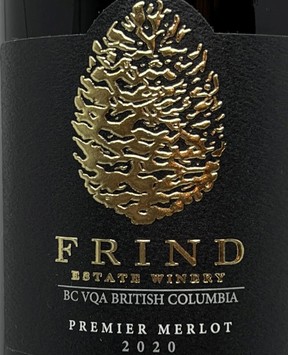
Frind Estate Premier Merlot 2020, British Columbia, Canada
32.99 I 89/100
UPC: 626990415374
This 2020 is a mix of Similkameen and Okanagan fruit with a modest four months of aging in French oak barriques. Like last year, the front end is charming, offering ripe mocha cherry that spills onto the palate where black raspberry and coffee run through a more savoury finish. The finish is shorter than I would like it to be, but the wine is ready to drink now, and I think you will enjoy it this summer around the barbecue. A little more time in wood will likely lift this wine into another league.
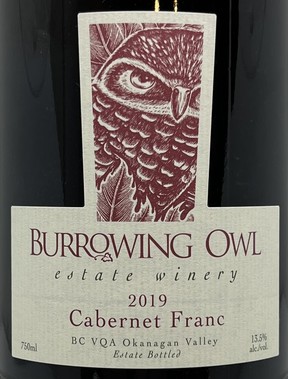
Burrowing Owl Cabernet Franc 2019, Oliver, Okanagan Valley, British Columbia, Canada
$33 I 90/100
UPC: 688229005176
BOV Cabernet Franc has a long history of being the sleeper release most years, especially in the days when Cabernet Franc was a leap for newbie wine drinkers. The style is full-bodied, the textures smooth but rich. On the palate, the flavours are a balanced mix of black and red fruit, the latter keeping the palate fresh through the finish. It’s young and just beginning life, but it will be solid wine. Lamb or venison are perfect now, but roast beef will be in the picture five years down the road.
Advertisement 7
Article content
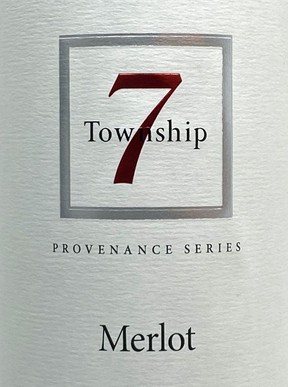
Township 7 Provenance Series Merlot 2019, Okanagan Valley, British Columbia, Canada
$26.97 I 90/100
UPC: 626990024583
Wow. A big jump up over last year’s version, beginning with a much denser nose and a palate full of gorgeous, soft, round, spicy fruit. The fruit comes off the North Oliver Bench at Blue Terrace Vineyard with smaller portions from Remuda Vineyard in Okanagan Falls and Front Yard Vineyard in Naramata. It is aged in American and French barrels for 18 months, adding to its heft with some caramel/vanilla notes that smooths out the finish. Zero smoke and a somewhat cooler year have spawned a black cherry, spicy, juicy affair that runs through the wine from front to back.
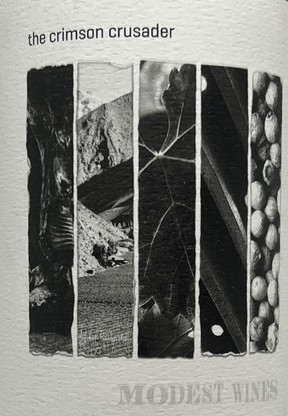
Modest Wines The Crimson Crusader Carmenere 2020, Okanagan Valley, British Columbia, Canada
Advertisement 8
Article content
$29.99 I 90/100
UPC: 812289745981
Carmenere is popping up more and more in the Okanagan with labels at Moon Curser, Black Hills, Tine Family of Wines and Phantom Creek and this Crusader from Mt. Boucherie. The fruit is off the Black Sage Bench and seamlessly matched with French oak for 12 months. More red than black, it is a refreshing version of the grape that embraces the Southern Okanagan with its scrubby, sagebrush spicy notes that permeate the wine. Dense yet balanced and led by black cherry, green pepper and cedar notes, it transports me to Chile. Inspired styling and a wine that you can drink year-round.
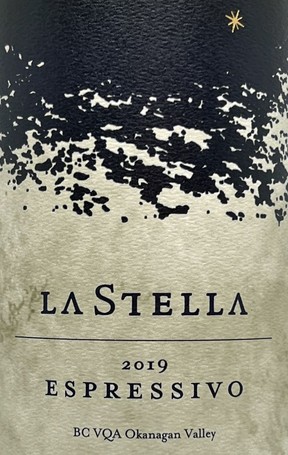
LaStella Espressivo 2019, Okanagan Valley, British Columbia, Canada
$49.99 I 94/100
UPC: 808755017102
Advertisement 9
Article content
Espressivo is Tuscan-inspired and Cabernet dominant, both Sauvignon and Franc, but in the end, it is all Okanagan, if not a ringer for Bolgheri blends. Winemaker Severine Pinte is making magic, blending the Italian penchant for challenging the norm with that special touch the French seem to have in the New World. It is one of the best B.C. red blends I have tasted in 40 years, and the key is a balance of everything: fruit, acid, savoury notes, oak (very little new oak), and texture. The winery suggests Swiss chard gnudi with lamb ragu of braised rabbit pappardelle pasta. Vegetarians can go with lentil pasta with braised tofu and mushrooms.
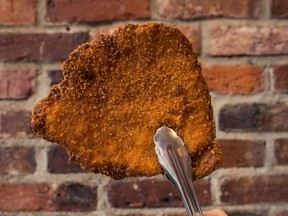
Recipe match: Simple Schweineschnitzel
Created by Max Durand of Eva Schnitzelhaus in Victoria, this simple recipe sticks close to a classic German staple. Pair this crispy, breaded pork with pickled vegetables and a fresh-baked pretzel — or any other favourite side dishes — for a full-and-hearty meal.
Advertisement 10
Article content
Schweineschnitzel
750 grams (26 oz) pork loin
1 1/2 tsp (7.5 ml) salt
1 cup (250 ml) panko
4 eggs
1/2 cup (125 ml) all-purpose flour
Portion the pork loin into four. You should have portions that weight roughly 185 grams/6.5 oz each. Lay one piece of pork on a cutting board or butcher block that can sustain the eventual pounding. Cover the pork with cling film leaving plastic overhanging on all sides
With your weapon of choice (e.g. mallet, cast iron pan, Schnitzel pounder, etc) pound the meat starting from the centre and making your way all around. The idea is to be firm but not rip the flesh (happy thoughts). The final product should be about 1/8 of an inch and consistently thin throughout. Repeat with remaining pork portions. After pounding season the pork with the salt and leave to rest in the fridge for at least an hour.
Advertisement 11
Article content
Assemble your breading station. Beat the eggs in a wide bowl. Put the panko and flour in their own respective bowls as well (wider is good here).
One by one dredge the pork into the flour, dusting off excess but making sure it’s covered in flour. Next dip the coated pork in the eggs. Try to keep one hand wet and one hand dry when breading. Next lay the pork in the panko, as flat as possible and lightly press on the flesh to help the panko to adhere to the meat. Turn the meat over and repeat.
Lay the breaded pork on a rack in the fridge until you are ready to fry. The pork can stay breaded a couple hours as long as it’s on a rack and not stacked.
Deep frying is pretty convenient here. In a 375F fryer deep fry the Schnitzel for 2 minutes. Drain well and rest on a dry towel. Season with salt and lemon. Have more lemons on the side and perhaps some beer or white wine.
Advertisement 12
Article content
Alternatively, you can shallow fry the Schnitzel. Pour oil to about l cm high in a pan large enough to fit the Schnitzel. We highly recommend a thermometer for this technique. When the oil is at 375 F fry the pork for 60 seconds on one side, then gently flip it and cook for another 60 seconds. Proceed exactly like the deep fried one to finish.
Serves 4.
Recipe match
Pork panko and wine are an easy match; you can go white with a Chardonnay, a juicy Italian wine or the more classic Pinot Noir pairing. Feel free to experiment.
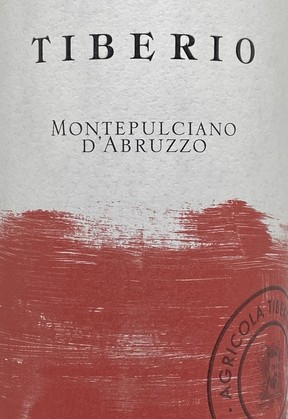
Tiberio Montepulciano d’Abruzzo 2019, Abruzzo, Italy $25.99
Expect a mix of floral, scrubby herbs that preview mostly fresh red fruit and enough tannin to take on the pork and its panko crust.
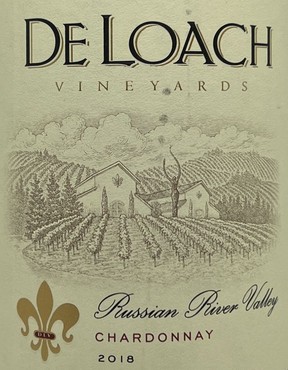
De Loach Chardonnay 2018, Russian River, Sonoma County, California USA $33.99
Cool pineapple, lemon custard and brown spices mark juicy Chardonnay flecked with fresh lemon and grapefruit that will slay this pork dish.
Source: vancouversun.com


